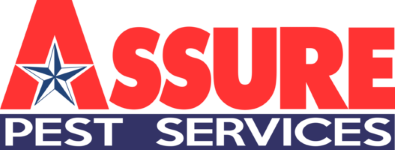Commercial Pest Control Service Contract
A Commercial Pest Control Service Contract contract should include:
- A service log that documents in/out times of technicians, materials and quantities used, inspection results, and recommendations
- Mapping to show the locations of pest activity and treatments
- Control and monitoring practices based on a comprehensive survey and regular inspections
- Monitoring of key locations such as basements and food and refuse storage areas
- Outside control for rodents in perimeter and landscaped areas
- Service frequency and emergency response time
- A meeting schedule for review of performance and recommendations
- Diverse control practices, ranging from baits and traps to sanitation inspections and rodent-proofing of buildings
- Proper use of rodenticide or traps to avoid exposure to children or pets
Clearly define an intensive pest control program and a monthly maintenance fee that includes rates for inspection, monitoring, and treatment. Multiple visits during a month may be required depending upon pest control needs and practices. Emergency calls can be incorporated as part of the monthly rate or priced separately. “Bargain” prices may not ensure adequate service, and could actually result in future pest problems and additional costs.
Sanitation and Rodent-Proofing
The most important aspects of a pest control program are sanitation and structural maintenance.
- Schedule refuse disposal and pickup so that garbage is not exposed (inside or outside) at night.
- Make sure that your refuse disposal contract is written with a time frame for pickup and a cancellation clause.
- Use rodent-proof dumpsters, compactors, and trash cans and inspect them regularly for breakage or gaps.
- Use a central refuse storage area that is cleaned and washed daily.
- Design and maintain landscaping to limit dense ground covers and shrubs that can provide harborage, and exposed soil that may be used for burrowing. Use heavyweight gravel or landscape fabric to discourage burrowing.
- Seal utility ducts and similar openings in buildings, especially in basements or crawlspaces.
- Eliminate gaps under outside, garage, and loading-dock doors.
Prevention
Make sure that:
- All bait stations and traps are checked on each service call and are effectively distributed and secured
- Records of pest control activities are maintained
- Surveys and inspections are conducted thoroughly, especially in the early spring and fall
- Food and refuse storage areas are clean, secure, and inspected frequently
- Door sweeps and entranceways are rodent-proof, and outside doors are kept closed
- Outside and basement walls are checked seasonally, and any cracks or openings are repaired
- Materials received are inspected for rodent signs, such as droppings
- Landscaped areas are kept free of weeds and trash, and shrubs are spaced apart and kept trimmed
- Monitoring efforts are concentrated near potential access points, such as doorways and receiving and utility areas
- Tenant and maintenance personnel responsibilities are clear
Effective Strategy
An active approach to rodent control is the most effective strategy. Don’t wait until you have a crisis. Good sanitation, rodent-proofing, and monitoring are the best ways to prevent rodent problems.
